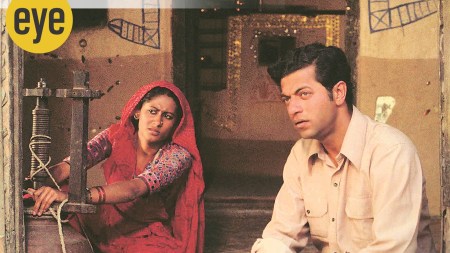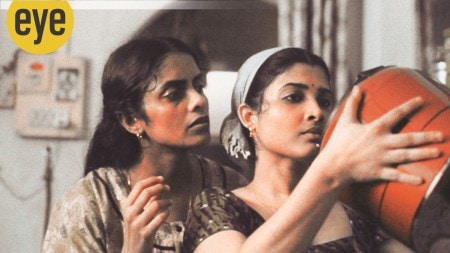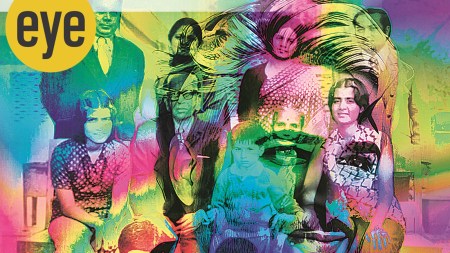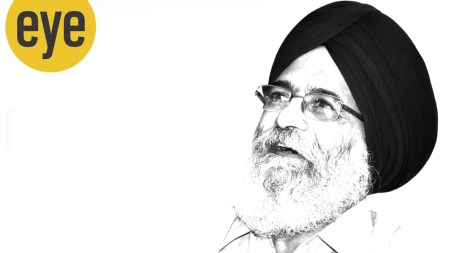- India
- International
Five Suchitra Bhattacharya books that redefined feminist literature in Bengal
The 65-year-old novelist succumbed to a cardiac arrest in her south-Kolkata residence last night but her worldview lives on in many of us.
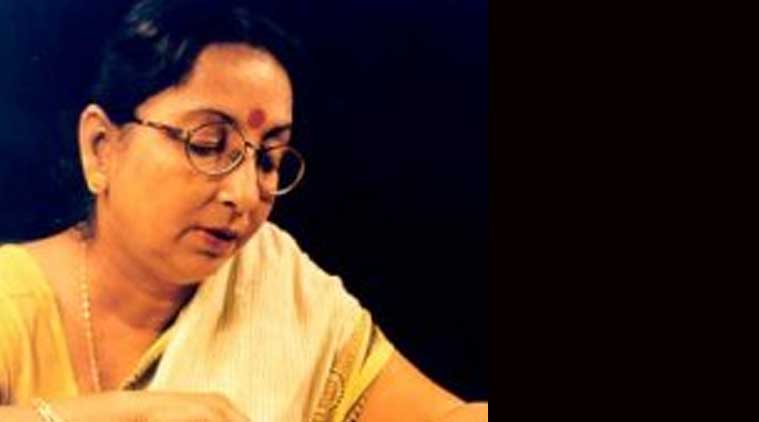 Suchitra Bhattacharya (Source: Wikipedia)
Suchitra Bhattacharya (Source: Wikipedia)
When The Indian Express approached veteran Bengali writer Suchitra Bhattacharya to be a part of a panel to choose best young writers in vernacular literature a few years ago, she took it upon herself to introduce us to the works of the new generation of Bengali writers like Sangita Bandyopadhyay and Tilottama Majumdar. She spoke at length about the genesis of feminist writing in Bengal, the contribution of Ashapurna Debi and Mahasweta Debi, but she never mentioned her sizeable contribution to the cause. She was too humble to do that. The truth is that the women of modern Bengal, the young divorcee from Siliguri, the single mother from Patuli, the homemaker from Burdwan, the ageing widow from Ballygunj, they all owe a lot to Suchitra Bhattacharya. Through her novels, Suchitra Bhattacharya documented their realities, their aspirations and their silences. The 65-year-old novelist succumbed to a cardiac arrest in her south-Kolkata residence last night but her worldview lives on in many of us. The following is a selection of five of her best-loved works.
 (From left to right: Book covers of Kachcher Manush, Alochchaya and Dahan
(From left to right: Book covers of Kachcher Manush, Alochchaya and Dahan
Dahan
Dahan primarily talks about a real-life incident that rocked Kolkata in early 1990s- the molestation of a housewife in the middle of a busy south Kolkata intersection and the subsequent intervention of a young school teacher who tries to bring the perpetrators to the book. But Dahan is much more than that. It gleans out prejudices in the urban, middle-class Bengali society through the tribulations faced by the two protagonists, Jhinuk and Romita. But the character that stays with you is the taciturn, idealistic Thammi, Jhinuk’s fiercely independent septuagenarian grandmother. It was later made into an award-winning film by Rituparno Ghosh.
Kachcher Manush
This novel is in a mould of a traditional mother-daughter story, but Bhattacharya again chooses to interpret the characters differently. Indrani, the protagonist,is flawed, vulnerable and heartbreakingly real. She is married but has a child out of wedlock. The men in her life are supportive and dependent on her emotionally. In Kachcher Manush, Bhattacharya created a sexually-liberated female protagonist who stands by her decisions, in a society that still judges women for what they wear and what their marital status is, that is definitely an accomplishment.
Ichcher Gaach
This short story that inspired a full-length feature film, Ichche, is a layered reading of a mother-son relationship. Like most middle-class Bengali homemakers, Ichche’s protagonist is an over-possessive mother who dedicates her life to raising her only son. She accompanies him to school, waits outside his tuition place and snoops on his friends. Things take a violent turn when she starts interfering in his blossoming love-life. The oedipal overtones is obvious and not skirted around with.
Hemanter Pakhi
Another layered reading of loneliness and the meaning of independence, Hemanter Pakhi, talks about a middle-aged homemaker who takes up writing as a career after twenty three years of her marriage. For the first time, she engages with the world on her own terms and that creates friction in her perfectly-coiffured life. This novel too was adapted into a film starring Tanushree Shankar.

Alochchaya
A meditative reading of a failed marriage, this is probably one of Bhattacharya’s most underrated works. The protagonist of this novel forges a mature friendship with her ex-husband after their marriage falls apart.
May 19: Latest News
- 01
- 02
- 03
- 04
- 05


